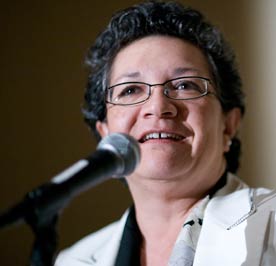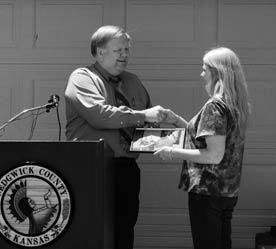Shelterforce: So how do you like working in President Obama and Shaun Donovan’s HUD?
Asst. Secretary Márquez: I love it. It is exciting every day. I am fortunate to work with a team of professionals, both politically appointed and civil service, that, bar none, are among the best in government work, and frankly anywhere in the private sector.
Before you came here, you worked both as the director of the Los Angeles Housing Department and as a legal adversary of the Los Angeles Public Housing Authority before that. How do both of those experiences, and anything else in your background, influence your work at HUD?
I have had kind of the full breadth of experience in housing. I represented people who faced horrible conditions in slum housing — I sued the largest private slum landlords and I was representing tenants in public housing. I have worked in the administration before as the deputy general counsel for civil rights here at HUD in the Clinton administration, and learned an incredible amount about the federal government as a whole.
I was a developer in affordable housing, so I understood what it is to actually work through bureaucracy, to get many different folks to agree to a vision, to manage a real construction budget, to work with lenders and architects and everybody else to get the whole thing built and actually occupied.
All of those things also come into play, of course, in the Neighborhood Stabilization Program. It’s not every day that a CPD director gets to oversee a $7 billion influx of funding to distressed communities. How’s the NSP program going?
The hallmark of the effort on NSP really is summed up in one word: partnership. We took startup businesses in 307 states and communities, plus, I would add, a startup business at HUD itself, both national and local, and were able not only to meet the deadline of 18 months, no extensions ever sought, [but] it’s well done.
The partnership with PD&R at the outset to work the data to help local communities and states target was really important. [As were] continued partnerships, with FHA doing the First Look program, between local HUD and national HUD to constantly push out the best information we had.
And you can already see the change. [Vacancy] rates are coming down in targeted neighborhoods. There are new homeowners. In many places the values of homes are going up. I’ve had the incredible privilege of traveling around the country and seeing stunning change and families standing in front of their homes beaming. And their neighbors gathering all around, because they’re very happy, too, that folks took a real interest, not in just slapping some paint on.





Comments